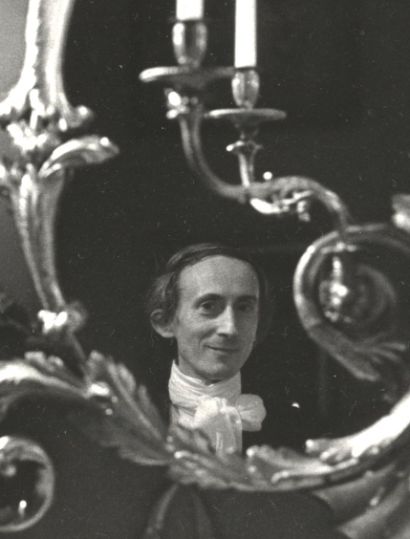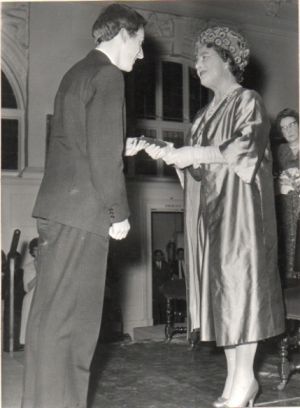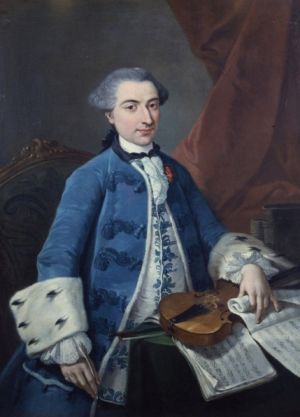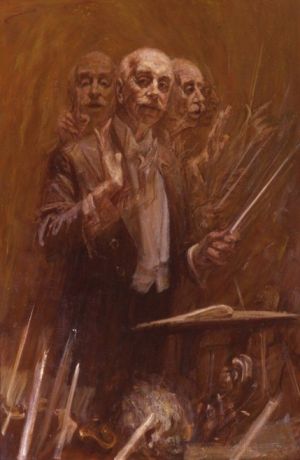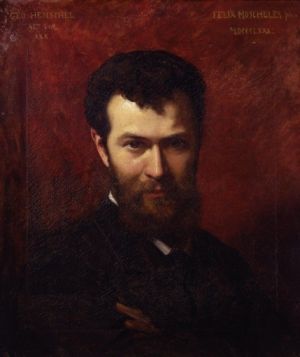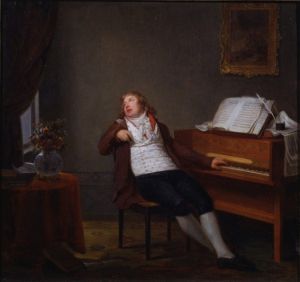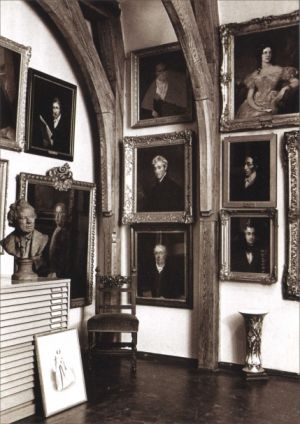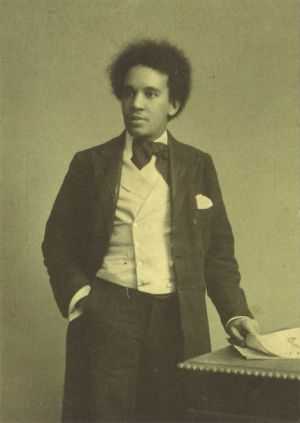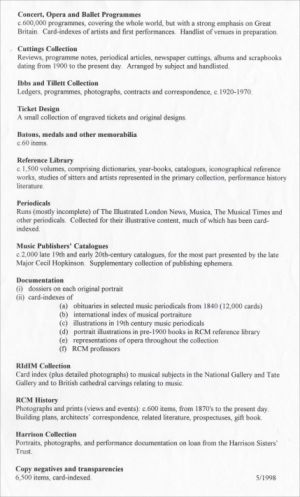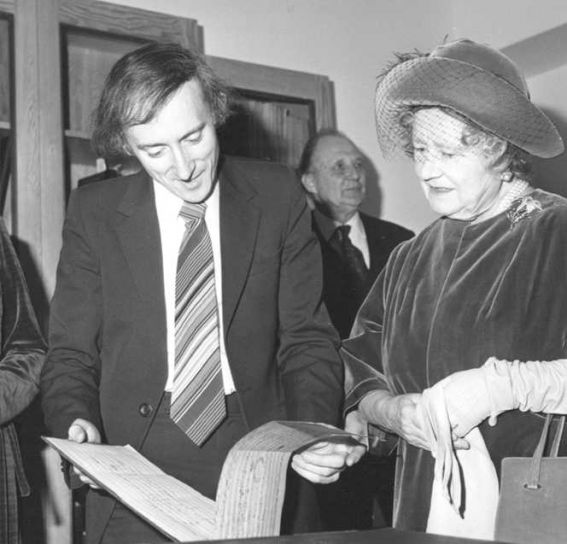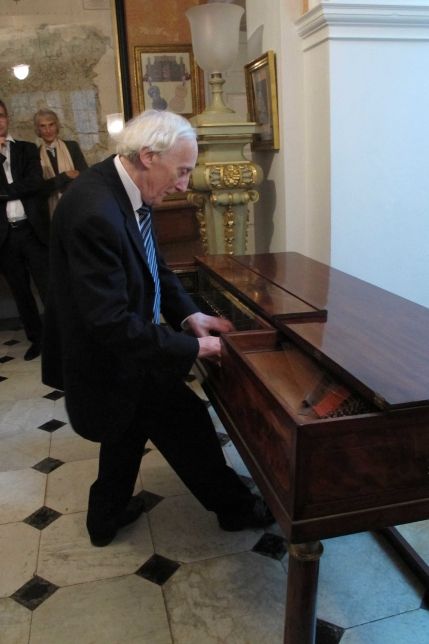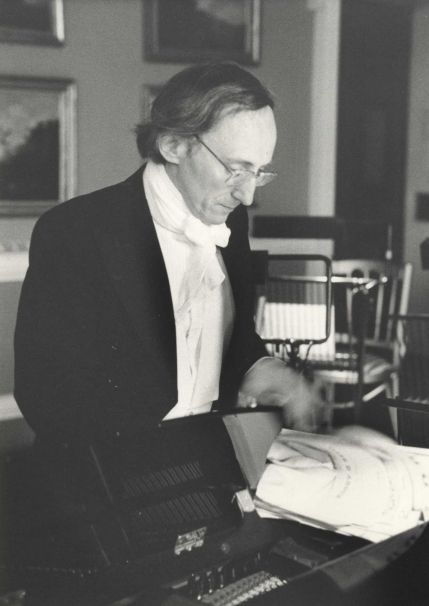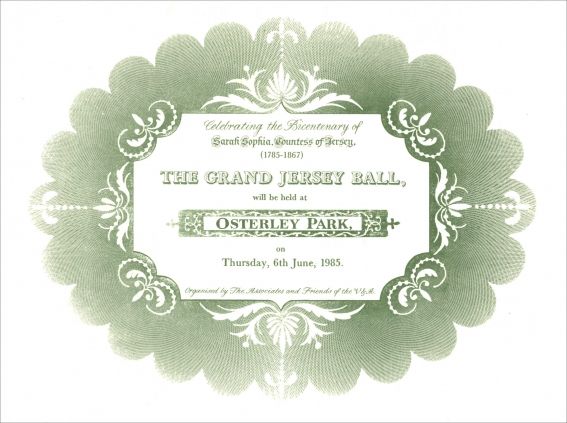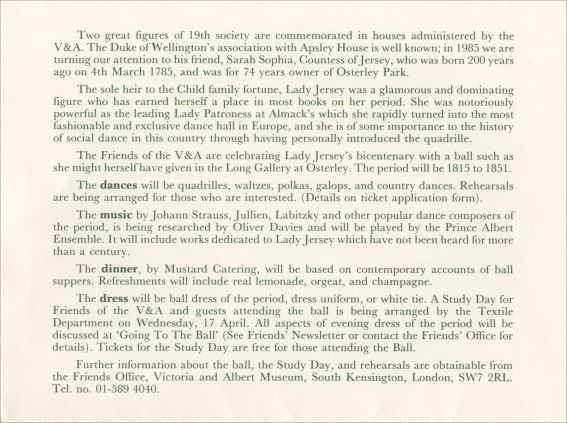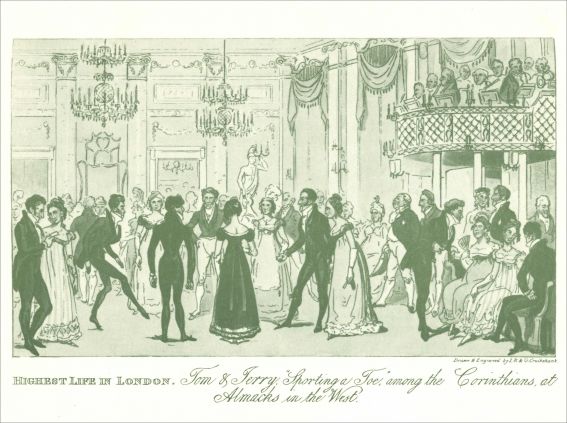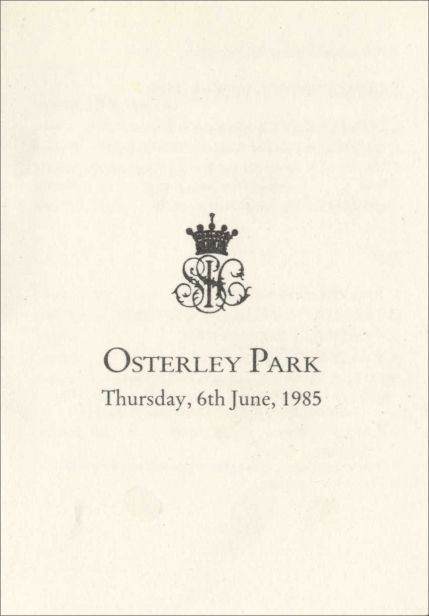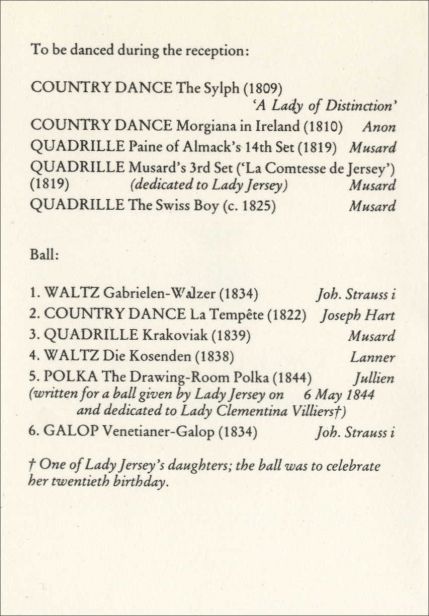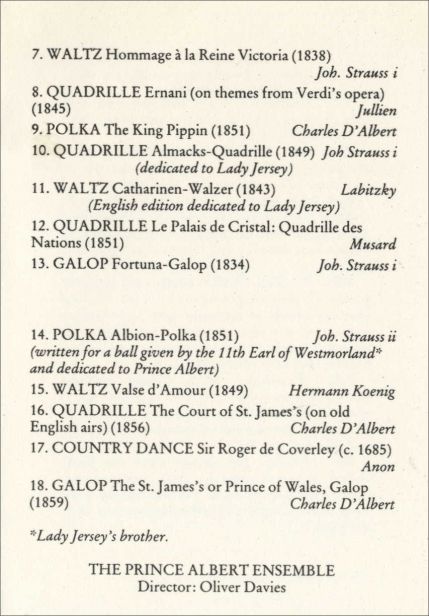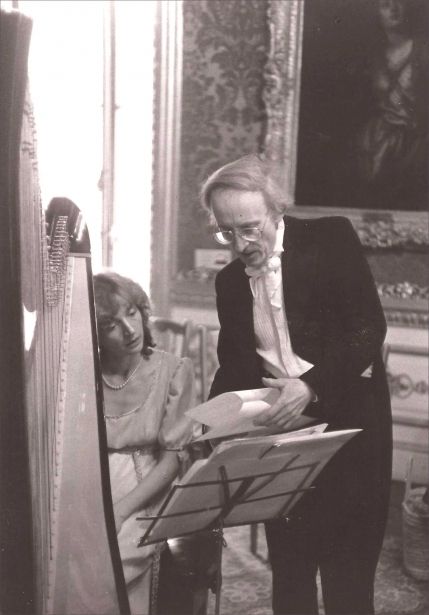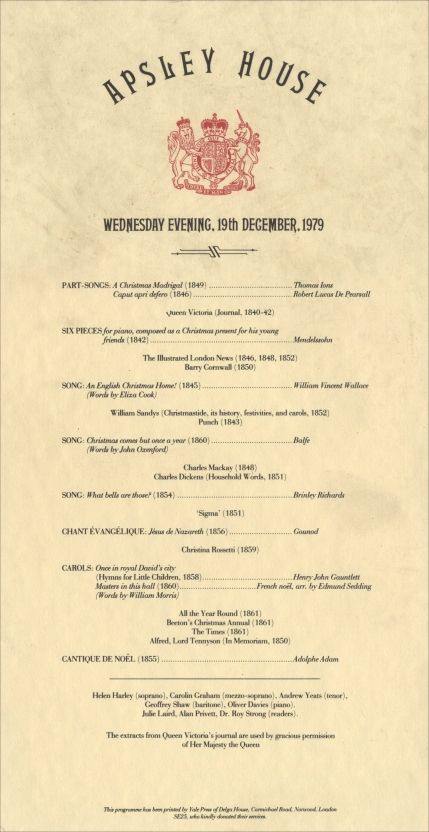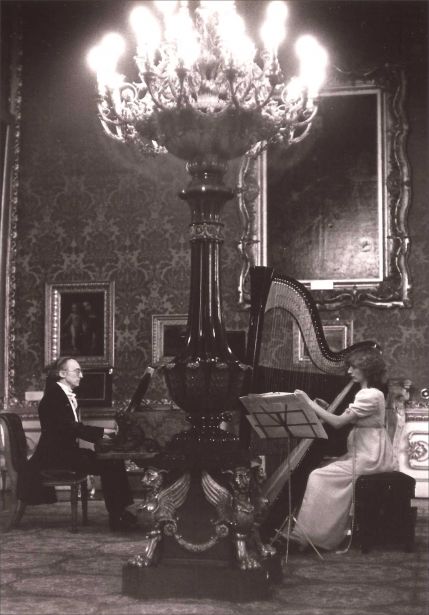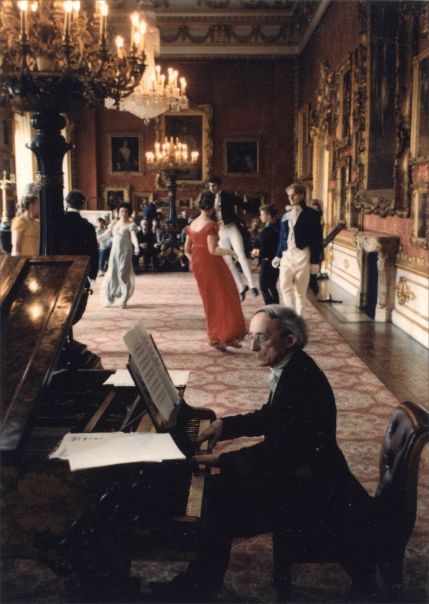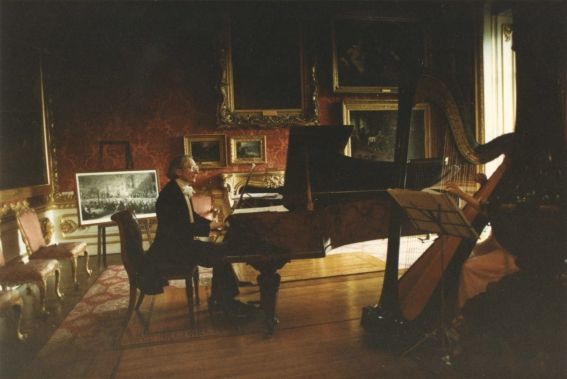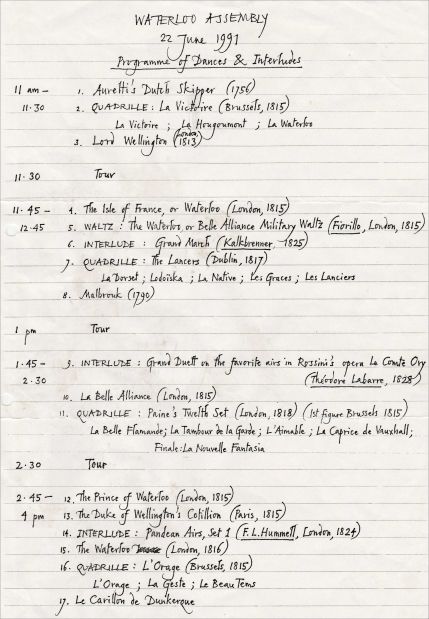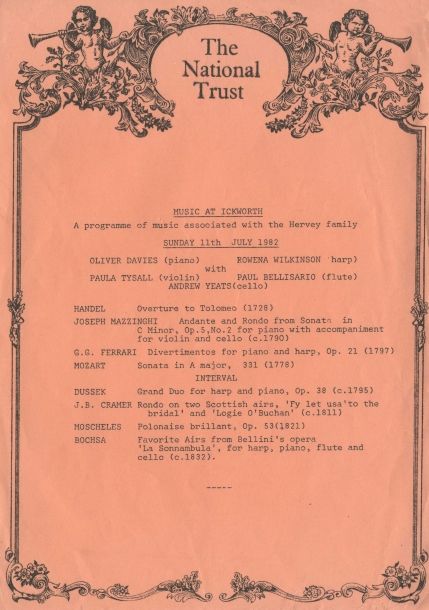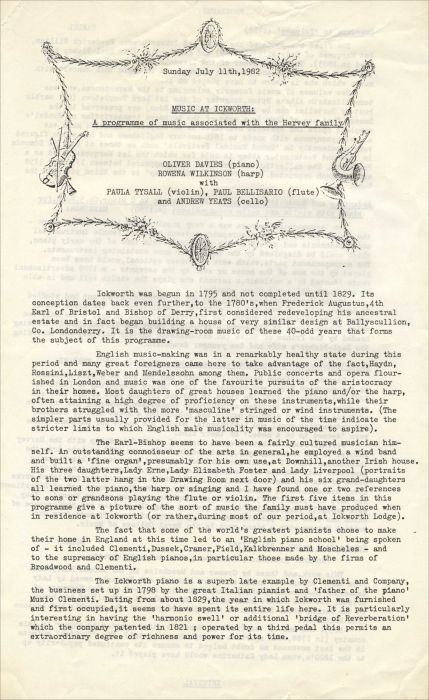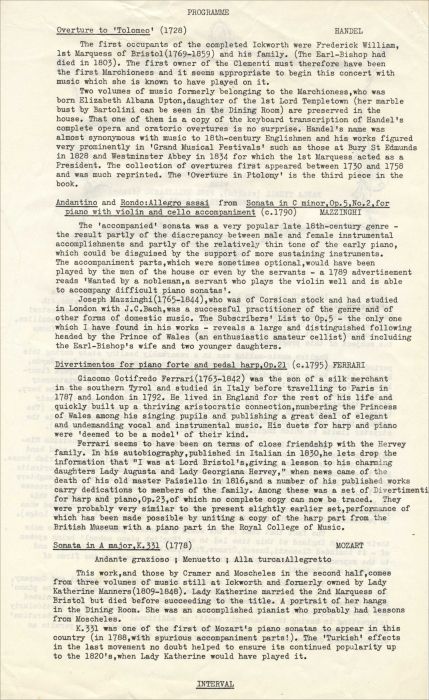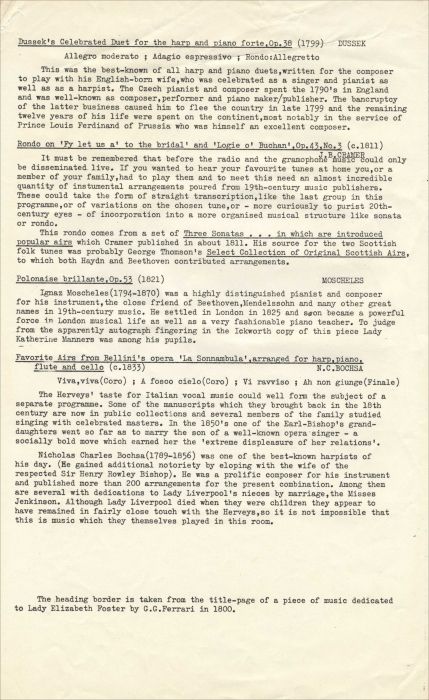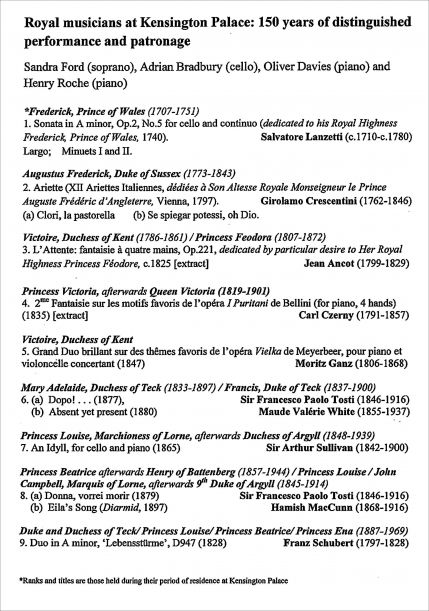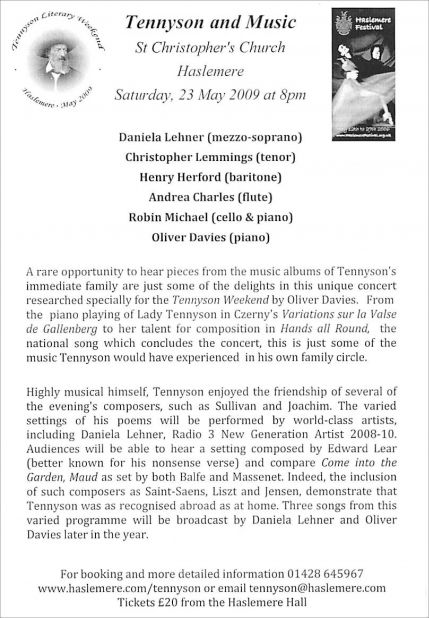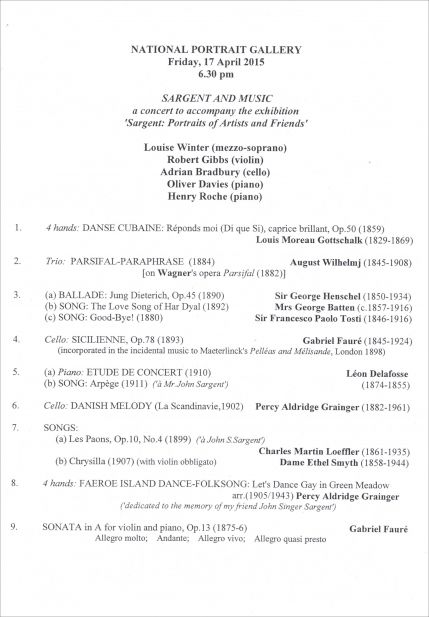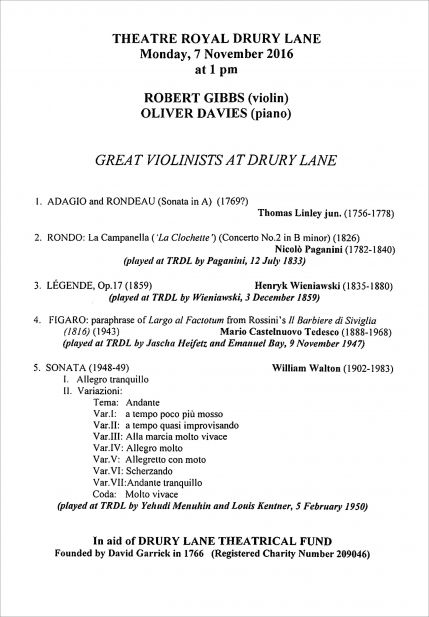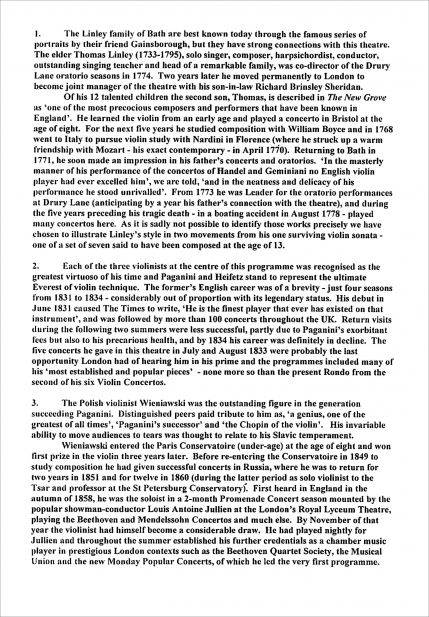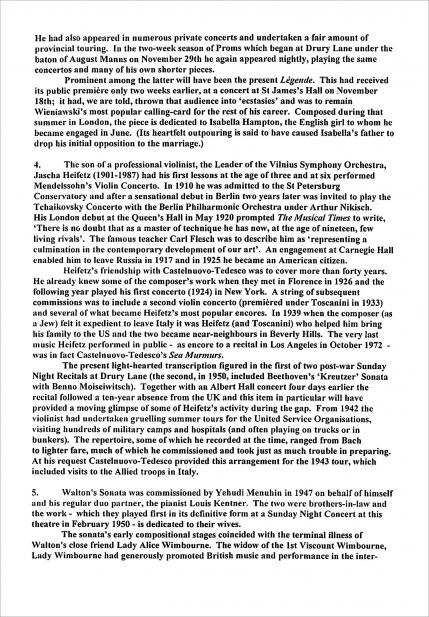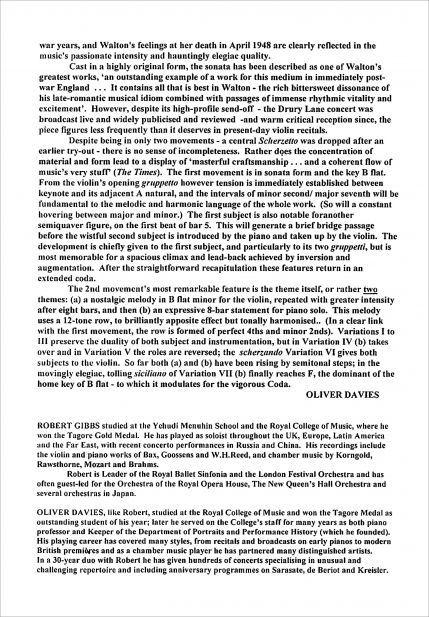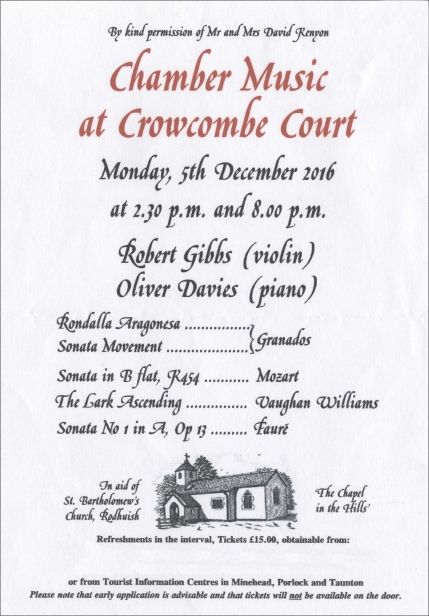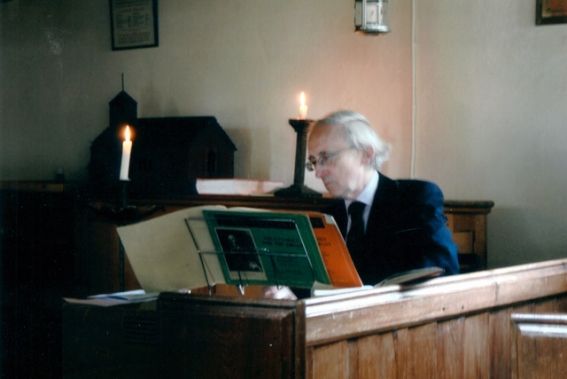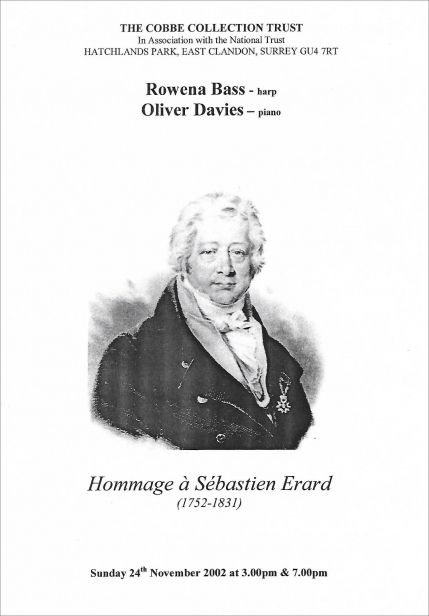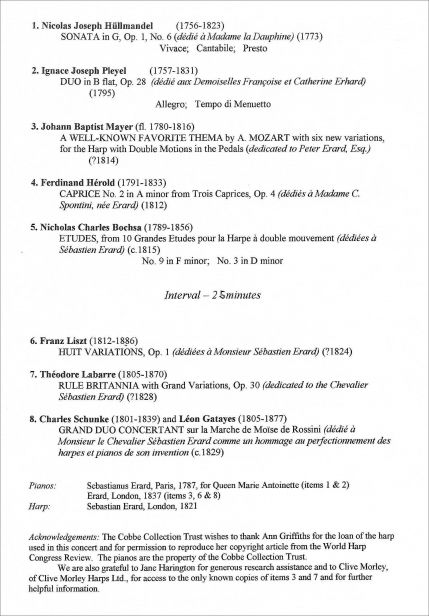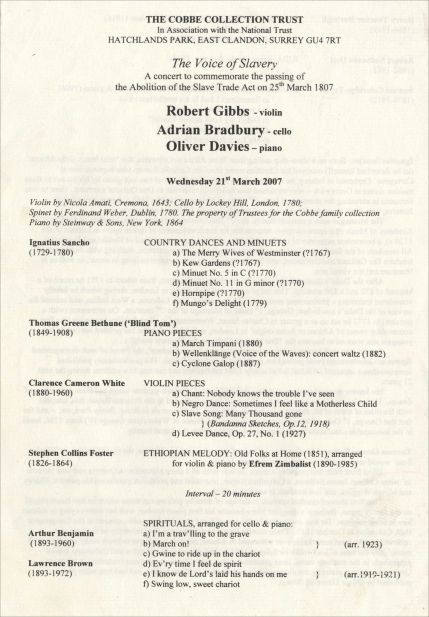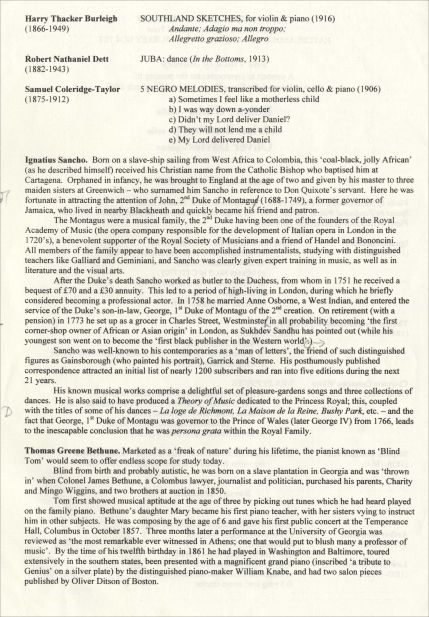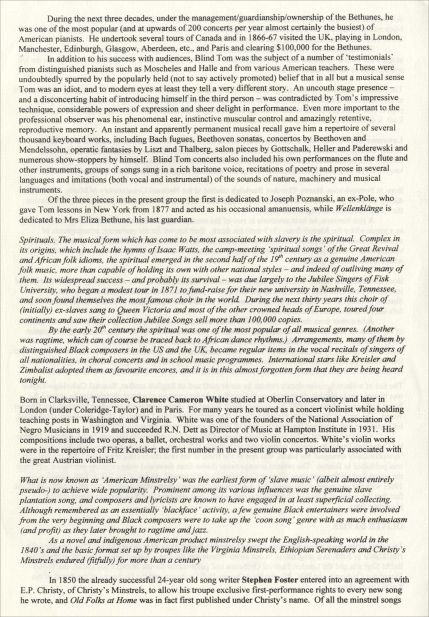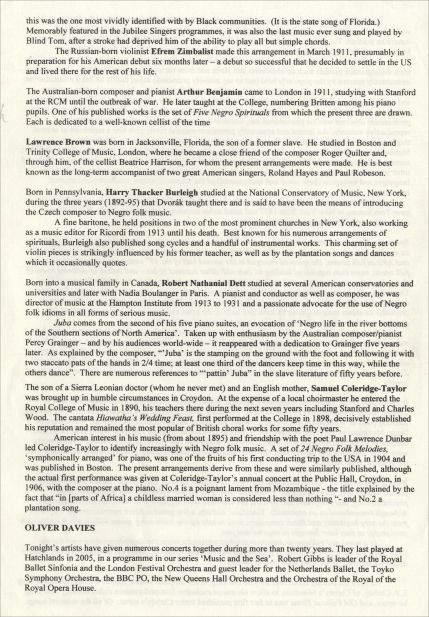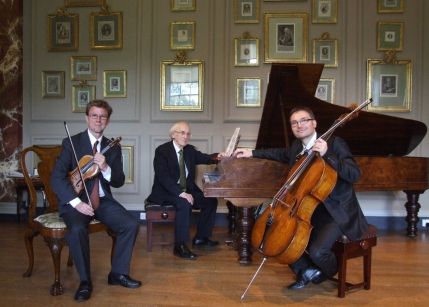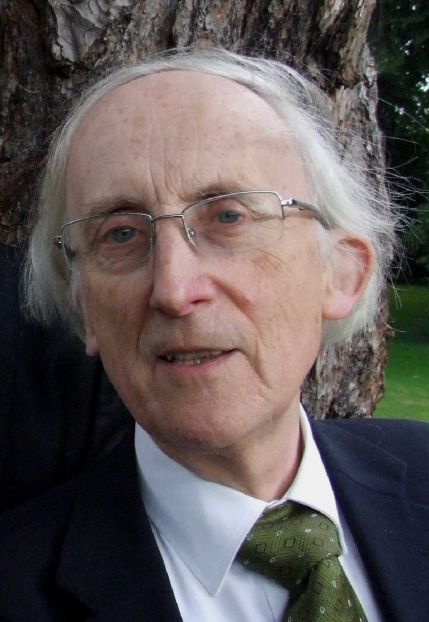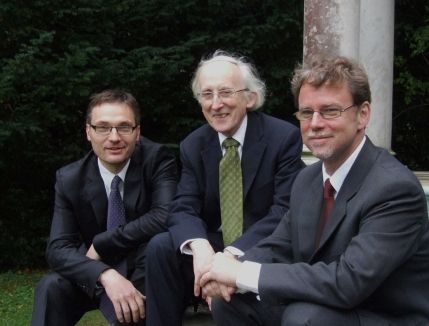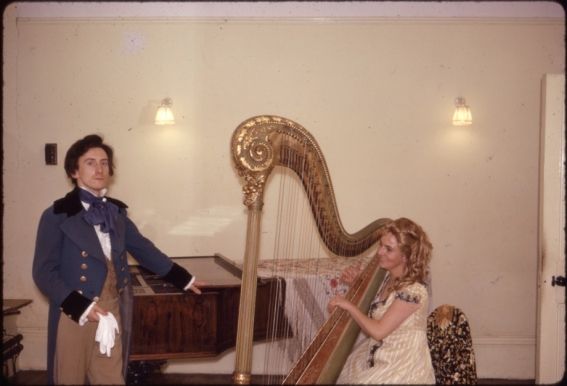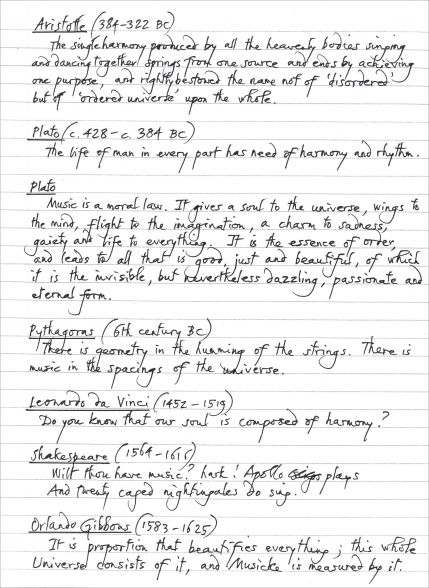Exhibition
Oliver DAVIES (1938-2020)
July 2021
DAVIES, Oliver (b. London, 13 August 1938; d. London, 2 July 2020)
Reference Librarian, Royal College of Music, 1961 – 1970 (part-time)
Keeper of Portraits and Archivist, Royal College of Music, 1971 – 2003 (part-time)
Piano Professor, Royal College of Music, 1971 – 2003 (part-time)
Lecturer in Performance History, Royal College of Music, 1993 – 2003 (part-time)
Hon. Keeper of Portraits, Royal Academy of Music, 1975 – c.1990)
National Chairman, Répertoire International d’Iconographie Musicale (RIdIM), 1975 – c.2000
Hon. Archivist, Royal Society of Musicians, 1978 – c.2006; Keeper of Portraits, 1978 – 2020
Acting Honorary Curator, Museum of Music History, 2003 – 2020
Artist By-Fellow, Churchill College Cambridge, 2015 – 2016
Concert pianist, 1961 – 2020
Oliver Davies, FRCM, Hon ARAM, distinguished pianist, musicologist, lecturer, teacher, collector and curator, made an inestimable and pioneering contribution to musical performance, scholarship, performance practice, iconography and heritage throughout his long life.
His father was Welsh, the minister of Salters Hall Baptist Church, Islington, and the Welsh Eisteddfod tradition was a creative influence within the family. In his teens Oliver attended Dame Alice Owen’s School; his sister Ursula recalls that he contributed much to the church community’s rich cultural life, playing organ for services, and directing choirs and performances including operas. Already an avid researcher and collector, he would walk to save his bus fares towards his first acquisitions; he remained a fast walker throughout his life. An abiding love of Somerset was formed during holidays staying with his aunt at Croydon Hall, the school she ran near Minehead and she too gave him encouragement and opportunities for performance.
Oliver entered the Royal College of Music in 1957, studying piano initially with Norman Greenwood, then Kendall Taylor, and gained his performing ARCM that year. It is reported that after he went in to the RCM Library on his first day the Librarian, Barbara Banner, said to her colleague, ‘That one means trouble!’. His many performances at the RCM ranged from harpsichord continuo, chamber music and piano accompaniments to solos of dazzling virtuosity and intensity in pieces such as the Bartok Sonata for two pianos and percussion, Messiaen’s Oiseaux Exotiques (only five years after it was first performed), Constant Lambert’s Rio Grande and Prokofief’s second piano concerto. He could sight-read the most difficult scores, played a wide variety of music and because he was sought after by the most gifted singers and instrumentalists gained from the coaching of numerous professors. He won several prizes including, in July 1961, the College’s highest award, the Tagore Gold Medal, for the most distinguished male student of his year.
Being presented with the Tagore Medal by The Queen Mother, 1961.
When his student days ended the following summer (though later he continued studies privately with Ilona Kabos, who had studied with Arpad Szendy, a pupil of Franz Liszt, and with Esther Fisher) he had already been on the staff for a year. Recognising Oliver’s exceptional qualities, vision and knowledge, the Director, Sir Keith Falkner, had appointed him RCM Parry Room Librarian, responsible for re-opening the Reference Library and the return of the manuscripts that had been sent by Sir George Dyson to the British Museum in 1946. The re-opening, the first step in the revival of the RCM’s historic collections, took place on 30 November 1961. During the next 10 years Oliver achieved significant development of the holdings and established the library as an accessible national and international resource.
Working with him as Assistant Reference Librarian in 1962-3, the present writer began researching the neglected and deteriorating RCM Collection of Instruments. His proposal to the Director that it should be catalogued eventually led to her appointment as Curator, the building of the Museum of Instruments (opened in 1970) and subsequent growth of the collection as well as conservation, restoration, publications, concerts, and collaboration with museums worldwide. Despite his own extraordinary commitments Oliver’s constructive support and collaboration over some 41 years was of immeasurable value to the Museum and a joy for its curator.
When the Reference Librarianship was made full-time Oliver resigned so he could continue to perform. He proposed the setting up of a special department, to cover the iconographical and performance history collections he had been reviving. The Director appointed him Keeper of Portraits and Archivist (part-time) in 1971 and he went on to found the Department of Portraits and Performance History (DPPH) which he developed over the next 32 years into a further international resource. Through his phenomenal memory, ability to inspire potential donors with his vision for the collection, and discriminating use of very limited acquisition funds, the collection grew exponentially (see the summary of DPPH holdings in 1998). He also inspired a team of devoted volunteers into assisting in the compilation of catalogues. Thus Oliver assembled the largest archive of concert programmes in the UK (600,000) and ‘pioneered a comprehensive approach to programme collecting and information retrieval’ (Rupert Ridgewell, 2003).
1. Gaetano Pugnani (1731–1798). Oil on canvas. School of Turin, 1754. © The Royal College of Music, London. 2. Sir Adrian Boult (1889-1983). Oil on fibreboard by William Narraway, 1977. © The Royal College of Music, London. 3. Sir George Henschel (1850–1934). Oil on canvas by Felix Stone Moscheles, 1880. © The Royal College of Music, London. 4. Jan Ladislav Dussek (1760–1812). Oil on canvas by Henri-Pierre Danloux, 1795. © The Royal College of Music, London.
Furthermore he raised grants for important acquisitions (for example fine portraits of Pugnani, Boult, Henschel and Dussek (click here to see on RCM website). The DPPH accommodation in the RCM’s west tower was inadequate but many of the portraits were displayed around the College: topical exhibitions, swiftly assembled and mounted in showcases in the Inner Hall, were the starting point for his much-praised talks on the collection to students and visiting groups, ending four floors up in the tower. For some this was life-changing.
He persisted through the difficult years from 1987-1991 when financial constraints led the College to propose closure of the DPPH and Museum and disposal of some of the holdings. It was necessary to give extensive effort to demonstrating the value of the collections for education and research; eventually closure was avoided and a Performance History Elective, devised and delivered by Oliver, was added to the RCM BMus degree.
1. Department of Portraits and Performance History. Photograph by Jennie Walton. © The Royal College of Music, London. 2. Samuel Coleridge-Taylor (1875-1912). Student at the RCM 1890-97. Photograph by Debenham & Gould, c.1900. © The Royal College of Music, London.
Two sets of postcards were published with the aid of the RVW Trust, one of which shows the gallery in the DPPH. Another shows a photo of Samuel Coleridge Taylor; that the RCM holds a matchless collection relating to him is due to Oliver’s long-standing friendships with the composer’s son and daughter.
Today the DPPH’s iconographical holdings are in the Museum while the archival section is in the Library: much is accessible online in RCM digital catalogues and in national resources such as Art UK, NICE Paintings at Vads and the Concert Programmes website. Oliver would be delighted to know that the RCM Collections have recently attained Designated status from Arts Council England.
Showing The Queen Mother a score at the Royal Society of Musicians, 1980.
Oliver’s concern for musical heritage led him to rescue and regenerate two other historic collections in London that were neglected and at risk, through his honorary positions at the Royal Academy of Music and the Royal Society of Musicians. At the RAM he was called in by the Librarian when another member of staff was about to dispose of paintings that had been de-framed and damaged; he took some on loan to the RCM where they were restored. Later he organised the re-hang of the RAM’s collection. At the RSM the paintings, rolled into poster tubes, had been left in a basement that flooded. For these he organised restoration by National Gallery restorers, and then the re-hanging of the paintings; also loans from both collections to the Rossini bicentenary exhibition in Pesaro in 1992.
Oliver also played an active role in the opening of the Minehead Museum in 2014: he was made Honorary Life President in 2017, in recognition of his service as a founder member and Chairman of the Minehead Preservation Society, helping to mount exhibitions and preserve endangered architectural heritage.
Oliver believed passionately in the need for a national museum of music and dance. He was invited to present his vision at a meeting at the Royal Society of Musicians chaired by the late John Cruft and in the succeeding months he played a key role in the foundation of the Museum of Music History (MOMH). As its Honorary Acting Curator he rapidly developed substantial collections and devised website displays whilst seeking with the Trustees and members of the Advisory Committee potential accommodation for physical display (Click here to see his article on MOMH on pages 6-7 of Preserve Harmony, Issue 32, Spring 2006). Dr Stanley Sadie was the first Chairman and Sir Charles Mackerras the first Patron.
As at the RCM, Oliver inspired a team of dedicated volunteers and many significant donations and frequently bought items himself to provide a topical Exhibition of the Month. The pandemic has inevitably had a profound effect on museums and has emphasized the value of digitisation and on-line displays.
In recent years Oliver was delighted to be able to fund the restoration of Sterndale Bennett’s piano and then to acquire a fine portrait of Sir George Grove for the Museum : one of his last acts was to arrange that it should be the website’s Exhibition of the Month for Grove’s bicentenary (Click here). The bequest of his own collection, which includes the Erard square piano bought by Napoleon for the Empress Marie-Louise, and reflects in particular his consuming interest in the piano, harp and opera, constitutes a major expansion of his beloved Museum. With the loss of his detailed knowledge of the collections, cataloguing has become all the more urgent so that MOMH can fulfil his aims for research and education.
Oliver playing on his Erard piano at Hatchlands. September, 2015.
A supremely accomplished musician, Oliver pursued a parallel career as a sought-after soloist, chamber music player, accompanist and mentor, covering a wide range of repertoire and partnering many distinguished musicians, including Murray Perahia, James Galway and the Chilingirian Quartet. There were concertos with the Northern Sinfonia and at the Queen Elizabeth Hall, recitals, recordings, broadcasts and appearances in television films, including Ken Russell’s on Bartok.
He played on early pianos, often accompanying and coaching talented students, in many of the RCM Museum concerts from the Opening in 1970 till 2003; gave recitals on Erard’s pianos made for Marie Antoinette, Napoleon and Thalberg; and for many years played at Dartington Summer School during the directorship of Sir William Glock, who greatly admired his musicianship. Other ventures included reconstructions of historic concerts (for Aldeburgh and the BBC), silent film scores (National Film Theatre and Barbican), melodramas (Theatre Museum) and period balls (Osterley House, Apsley House, National Portrait Gallery and V&A) for which he also trained the dancers.
The Grand Jersey Ball at Osterley Park, 6 June 1985 in aid of the Friends of the V&A.
Events at Apsley House. In three of the photographs Oliver is playing his Collard & Collard grand piano.
Rehearsing with Rowena Bass at Apsley House, 19th December, 1979.
1. & 2. Playing for ‘The English Quadrille’ at the Waterloo Assembly, 22 June 1991. The English Quadrille was originally formed by Christine and Ellis Rogers to provide ‘living history’ at the Wellington Museum, Apsley House. Oliver played with them on numerous occasions. 3. Programme in Oliver’s distinctive hand for which we would like to thank Ellis Rogers.
Extensive research went into his renowned concerts in historic houses and museums, for which audience members would travel long distances. His lecture and concert for the National Gallery and Royal Collection Study Days on ‘Victoria and Albert: Art and Love’ (including an unforgettable duet performance of the Overture to ‘Tannhäuser’ with Henry Roche) and concert at the National Portrait Gallery in conjunction with the Sargent Exhibition, were outstanding examples of his performance history projects. He had previously organised a concert at the NPG for the Ignatius Sancho exhibition. Amongst many other venues were Ickworth, Petworth House, Kenwood, Kensington Palace (‘Royal Musicians’), Horniman Museum (for the launch of the African Gallery), The Austrian Cultural Institute, Cossington Church, Underriver House, Haslemere (‘Tennyson and Music’), Bath (‘Gainsborough and Music’), the Grand Saloon of the Theatre Royal Drury Lane (raising large sums for Drury Lane Theatrical Fund), and Crowcombe Court (in aid of Rodhuish Church).
In Rodhuish Chapel.
His many projects at Hatchlands included ‘Hommage à Sébastien Erard’, with Rowena Bass, ‘The Voice of Slavery‘, The Great War and the Violin’, with Robert Gibbs (five concerts, 2014-18), and ‘Victoria and Albert’, with Henry Roche in 2019.
At Hatchlands in 2013 with Robert Gibbs (violin) and Adrian Bradbury (cello). Photographs by Jennie Walton.
The underlying research was summarised in eloquent spoken introductions and masterly programme notes. It is regrettable that these unique concerts were not recorded and that his schedule was far too full to allow for more extended writing.
With Ann Griffiths at the Harp Course Concert at Pantybeiliau, Gilwern, Wales, July 1967.
He first played with Ann Griffiths in the 1960s: she recalled that for a concert in 1967 at a harp course he reluctantly agreed to wear period costume, ‘where-upon he was transformed – he was still playing Chopin on the Broadwood at 3.00 in the morning’. He worked extensively with her for over 50 years on piano and harp repertoire and patronage in the 18th and 19th centuries, using the Erard Harp Ledgers as primary source material. The cataloguing of a number of country-house music collections (for private owners and for the National Trust) further influenced the repertoire of L’Anima di Musica, the chamber group he directed.
A series of broadcasts and CDs with the clarinettist Colin Bradbury revived unknown repertoires, as did concerts in Bergamo and tw recent CDs of the cello music of Piatti with Adrian Bradbury, resulting from the Churchill By-Fellowship (see discography below).
Oliver’s legacy is immense. He successfully combined all these activities, with passion, energy, humour and persistence in the face of difficulties, always working to the highest standards and with no interest in self-promotion, always keen to nurture younger musicians, always generous. To give so much highly-skilled and creative voluntary service despite earning relatively little from part-time work showed remarkable commitment to high ideals. Inspirational in all his roles, Oliver radiated an infectious joy in music and its interpretation and enriched the lives of countless colleagues and friends. It is now for us to ensure that his museum can flourish and fulfil his passionately-held vision.
© Elizabeth Wells 2021
Another example of Oliver’s distinctive handwriting
A Personal Recollection of the Founder of the Museum of Music History by Lindsay Stainton.
Oliver Davies died a year ago, and many of us feel his absence ever more keenly as time passes. How much one owes him. Not only a very remarkable pianist and musicologist, whose expertise spanned the centuries, he was also one of life’s great enthusiasts. As a mere lay person with a passionate interest in music, Oliver taught me – and countless others – an infinite amount, always driven by a sense of joy in what he heard, always fascinated by a recent discovery, whether a long-neglected score excavated during an evening session at the British Library, where one would regularly run into him in a state of high excitement, or the discovery of a brilliant young musician. His fascination with the personalities and lives of musicians led to the establishment in 1971 of the Department of Portraits and Performance History at the Royal College of Music, and these interests also underpinned his long association with the Royal Society of Musicians and inspired the founding of the Museum of Music History in 2003.
Oliver’s holistic approach to the history of music was well illustrated in his concern to perform works in context, hence his series of impeccably researched reconstructions of historical concerts, surveys of the musical histories of great British houses and reassessments of significant composers and performers, accompanied by meticulous programme notes, most recently in regular concerts for the Cobbe Collection at Hatchlands. Who else can one imagine equally at ease recreating Chopin’s last concert, performed at the Guildhall in 1848, or devising an Ivor Gurney programme (he knew all Gurney’s poems and their settings by heart), or performing the challenging piano score for Messiaen’s song-cycle Harawi? In a lighter vein, he organised bals costumés, together with appropriate music, at Apsley House, Osterley, the Reform Club, and the Savoy, encouraging participants to learn quadrilles and minuets in the preceding weeks.
Above all, Oliver’s unmatched gift for friendship, across an astonishingly wide range of people, was quite remarkable. He had the ability to bring out the best in everyone, perhaps because he always saw the most positive in them, lacking any sense of envy or schadenfreude; on the contrary, he took immense pleasure in the success of others. That generosity of spirit was immediately apparent to all, finding a ready response in the affection of friends, who admired and respected his knowledge and virtuosity, but worried about his disregard for his health and wellbeing. He lived frugally, devoting his resources to his overwhelming passion for collecting on behalf of the Royal College of Music and latterly for the Museum of Music History. Whenever one saw him, he was carrying an impossibly heavy briefcase laden with his most recent acquisitions. In his late seventies, he seemed to be busier than ever with concert commitments, and in May 2020, when he realised that he was seriously ill, he rejected the idea of conventional treatment, fearing that his piano playing would be compromised, and declared that he was far too busy to die. For Oliver, life was music, and music was his life.
In appearance, Oliver was slight in build, but with a striking profile, and especially when dressed formally for concerts, he reminded one of an early Romantic composer, recalling the famous portraits of the young Liszt by Lehmann and Scheffer, or later in life, perhaps likenesses of Dussek, or Weber.
It was an appropriate coincidence that he shared his birthday with one of his heroes, Sir George Grove, whose wide-ranging musical knowledge and sympathies he shared. How lucky we were to be the friends of this modest, delightful, and remarkable man.
© Lindsay Stainton 2021.
Discography
With Colin Bradbury
1994 The Art of the Clarinettist (Clarinet Classics CC0008 – 2 CDs)
CD 1 Track 12 – Harold Samuel: Novelette [1913]
CD 2 Track 3 – Gioachino Rossini: Fantasia in E flat [c.1826]
(The recordings on these two CDs are taken from the following collections originally issued on LP: The Victorian Clarinettist [1978], The Drawing Room Clarinettist [1981], The Italian Clarinettist [1983] and The Edwardian Clarinettist [1987].)
1996 The Bel Canto Clarinettist (Clarinet Classics CC0014)
Track 4 – F. Fasanotti & A. Spadina: Duetto Concertante sopra motivi dell’opera Mosè di Rossini [c.1867]
1998 The Victorian Clarinet Tradition (Clarinet Classic CC0022)
Track 11 – Algernon Ashton: Tarantella, Op.107 [1898]
With Colin Bradbury, Eirian James (mezzo-soprano) & Robert Murray (tenor)
2004 The Obbligato Clarinet (The Divine Art DDD25025)
Track 15 – Andreas Spaeth: Alpenlied: Froh, durch blüthenvolle Gründe [c.1838]
With James Dutton
2018 Idyll – The English Flute Unheard (Mike Purton Recording MPR101)
Track 1 – Richard Walthew: Idyll [1907]
With Adrian Bradbury (Cello)
2018 Alfredo Piatti – The Operatic Fantasies Vol. 1 (Meridian Records CDE84642)
Track 6 – Impromptu on an air by Purcell in The Indian Queen [c.1889]
2020 Alfredo Piatti – The Operatic Fantasies Vol. 2 (Meridian Records CDE84659)
Track 1 – Introduction et Variations sur un thème de Lucia di Lammermoor, Op.2 [1846]
Track 3 – Souvenir de l’opéra Linda di Chamounix, Op.13 [c.1846]
We would particularly like to thank Sally Ready (as Secretary of the Friends of the V&A in 1985) for generously giving MOMH the flyer and programme for the Osterley ball shown above and other ball related ephemera.
As a colleague and friend who worked with Oliver on each and every Image of the Month, as they used to be called, I would like to add a link to the exquisite Aria di Pantomima from Gluck’s Alceste which he recommended for a wedding and which I shall always associate with him. I remain indebted to him in so many ways. Augustine Ford.
